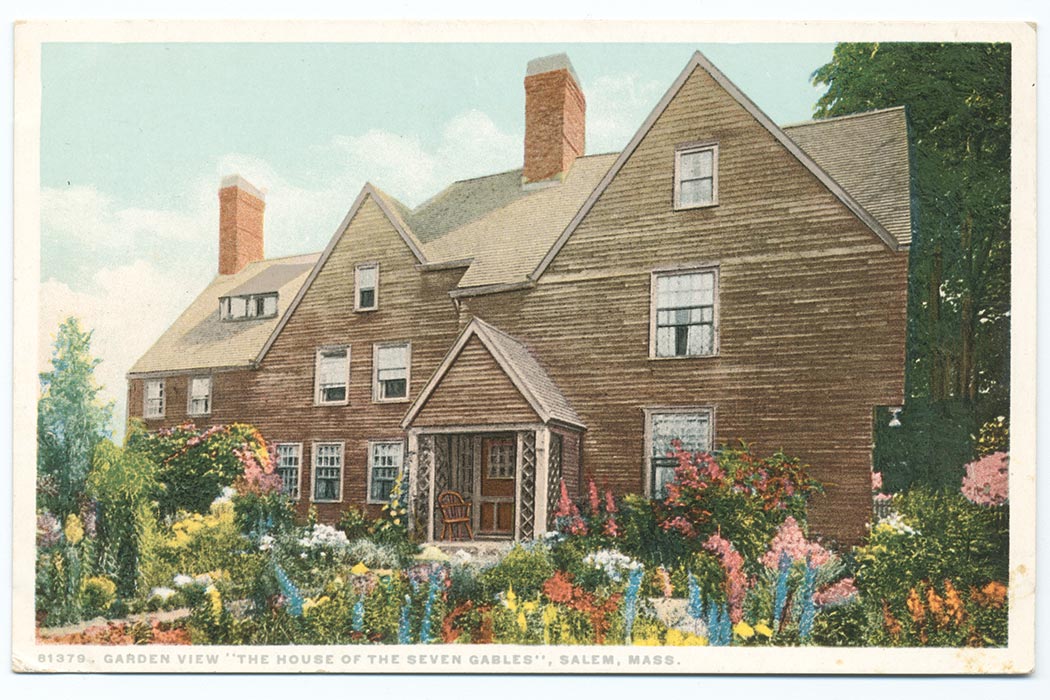With the coming of spring, suburbanites all across the U.S. are getting ready to plant their peas and tomatoes. During the 1850s, the first generation of suburban Americans were doing the same. In a 2001 paper, Glenn Moore explains how the garden as we know it rose alongside the new bedroom communities emerging outside major cities. Since middle-class women were barred from waged work in the growing industrial economy, these garden offered a way for them to continue an older mode of home-based productive labor.
Moore describes middle-class men—including tradesmen and mechanics working in the urban factories of the 1850s—looking for greener homes for themselves and their families during this period. These were the first suburbs as we know them, connected to the urban workplace by rail lines or omnibuses, but removed from the city’s crowds, disease, and crime.
The distance between the commercial, industrial city, and the residential suburb defined the newly emerging idea of separate spheres for men and women. And yet, Moore writes, the division was not complete. A brochure for Merchantville, a new suburb outside Philadelphia, advertised the ownership of land as “something to fall back upon”—a way to “make a comfortable living” if the owner were to be “thrown out of his ordinary work in the city.” And, counter to the exclusion of women from paid labor, the brochure also suggested that gardening could be a profitable enterprise for “the industrious artisan, the rich man, or the female sex.”
In the 1840s, before the industrial revolution had changed the lives of most Americans, home gardening had “all but disappeared from American cities,” Moore writes. Most city residents got their food from commercial farmers. But gardening reemerged in the 1850s as an antidote to the impersonality of the industrial world, a way of cultivating neighborly relationships across suburban fences, and a buffer against economic downturns.
Moore quotes one mid-century gardening book that argues “that no occupation is more certain of reward than cultivation in the ground, while commerce is a great lottery in which more than ninety-five out of a hundred adventurers draw blanks.”
Gardening societies and horticultural festivals drew in suburban residents, including women. The Susquehanna Horticultural Society reported in 1859 that almost half the prizes awarded at its shows went to women.
These suburban women were producing fruits and vegetables not just for their own families’ consumption but also to be sold, a practice encouraged by novels and advice manuals of the era. Some best-selling women’s novels in the 1850s through 1870s offered little actual fiction, instead giving copious instructions on growing and selling produce, including book-keeping lessons.
Despite our modern notion of the frail Victorian woman, Moore writes that many people of the time believed women should be “robust and active—traits entirely consistent with gardening and, more broadly, participating in the public sphere.”
Suburban gardens let women flex their muscles in an economically productive way.







